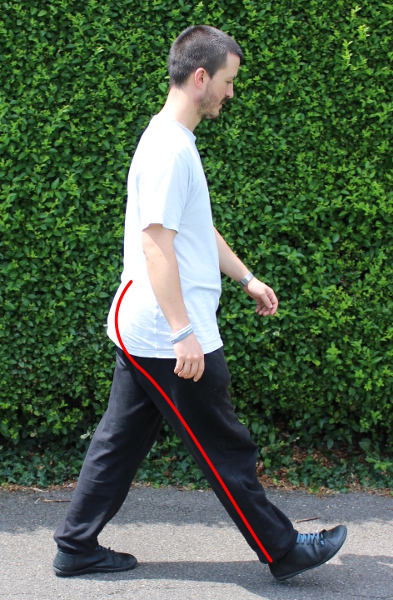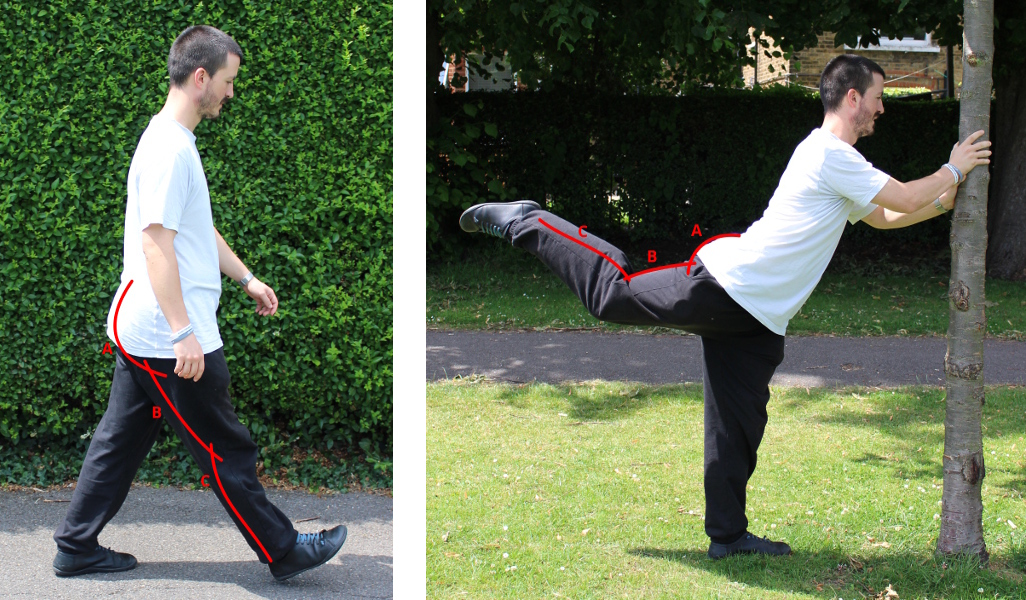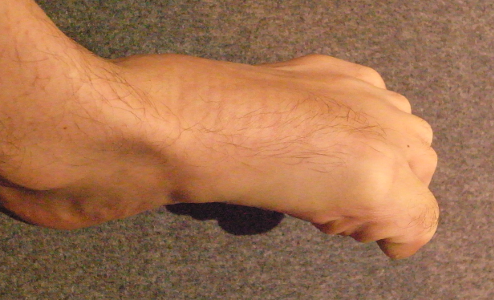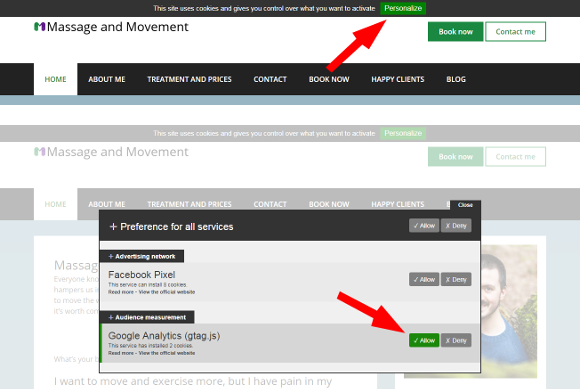Walking is something we do everyday, and that’s why it’s a great tool to work on our body and movement. I use most of my time walking practicing some form of imagery to improve my body’s function (more on that later), and over the years I’ve accumulated a wealth of knowledge that I want to share with you. For this reason, I’m starting a series on imagery and walking. Don’t worry, that will not be all that there is in this blog! I’m aiming for one post a week, with about half of them being on walking (maybe a bit more or less, depending how y’all like it).
First step (pun absolutely intended), imagery! What is it and how is it useful?
Imagery – or visualisation – is a technique that allows you to influence the way your brain works, just by imagining something. For instance, if you jump while imagining that you’re made of stone, it will feel harder than if you imagine that you are a spring. There are two main categories of images we use in imagery for movement: anatomical ones and metaphorical ones. The example I gave you above is a metaphorical one: you’re not made of stone, and you’re not a spring. An example of anatomical imagery for jumping would be imaging your sit-bones coming apart as you prepare your jump, and coming together to power the jump.
An important thing to know is that imagery is a skill: if you’ve never done it before, you may feel like it’s doing nothing, because it’s “only” training the circuits in your brain to do the imaging. However, if you’ve done it a lot, simply summoning a familiar image can have drastic effects, for instance to correct your posture.
Today’s image aims to make your step lighter, longer and more powerful (yes, just that!). It will come in two layers, that you can also see as “levels”; if you’re not used to imagery and know little of anatomy, you can stay with the first layer, and if you’re used to using imagery or are more familiar with your anatomy, you can use both layers.
The image I’m presenting in this blog will help you relax the back of your leg as you step, making your step lighter and more powerful, by diminishing the resistance to the forward motion of your stepping leg.
The first approach is to imagine a line (a really thick line) starting at the border between your back and your buttock, going down the back of your leg all the way to your heel. Now every time you bring your leg forward to step, imagine this line lengthening, reaching its longest point at the moment of heel strike. You can start with just one leg, imagining this line lengthening as you project your leg forward, and relaxing your mind as you take the next step, and when this is easy on your mind, image both left and right lines taking turns at elongating as you bring each foot forward to step.

Now we can push this image a bit further with some anatomical knowledge. First, let’s subdivide our line into three segments: the glutes (main butt-muscle), the hamstrings (back of the thigh) and calf muscles. We want all of these to relax, so we can use the “longer line” image for all of them.
Here are some details about the anatomy, but this is still an introduction; if you know better, use your knowledge:
Calves: these muscles (gastrocnemius) start just above your knee, and go down to your heel; visualise this line lengthening.
Hamstrings: those go from your sit-bones to the very top of the calves, just below the knee; again think of this line elongating.
Glutes: think of your entire buttock elongating in the direction of your leg. Better yet, in a direction parallel to that of the hamstrings. (If you can’t tell the difference, that’s no problem, the image will still work!
Notice how all of these lines are long at the moment of heel strike, and short in the other picture (a martial arts drill).

And finally, a finer image still, at the level of the microscopic “engines” of the muscle, located inside each muscle cell. Those are huge molecules that look like interlaced combs, and which apply force by interlacing further (see picture). While the muscle can’t actively elongate at this level, by imaging these “combs” coming apart, we can promote a deeper state of relaxation in the muscles. So as you image your longer lines, think of them becoming longer by bringing apart myriads of tiny combs.

On the left, the “combs” in an elongated configuration; on the right, the same “combs” in a densely interlaced configuration.
With all of this, I hope you can start walking with more ease, lightness and power. Feel free to come back to this post at a later point to try the more challenging images, and follow this blog for more information on movement, posture and caring for your body.
Want more like this?
Check out the following blogs from massage therapists I know from around London:- On The Run Health and Fitness on running, nutrition and sports massage.
- The Soma Room on sports massage and exercise.




No Responses